Screened as part of Somerset House’s Unorthodocs film series, Marc Silver’s documentary film provides a raw insight into US immigration policies
Who is Dayani Cristal? This is the question that forms the backbone of a semi-improvised drama documentary, named as such, which is set in the Arizona desert, the answer to which is gleaned towards the end of the film. When a body of a migrant is found in the baking hot sun, the border police’s hunt for the identity of the corpse begins. The next steps in trying to put a name to the body are used as a way in to tackle the issue of immigration through the pathetic tale of Yohan, a father who leaves behind his young family in Honduras in order to seek his fortune in America.
We are introduced to numerous medical staff, missing persons’ agents and people working for several consulates as attempts get underway to solve the mystery. Luckily for them in this instance, there’s a distinguishing mark like no other: a tattoo bearing the words “Dayani Cristal” which eventually leads to the body being linked to Yohan.
How the story unravels is what keeps the audience watching, but this biographical film directed by Marc Silver is really a way to bring to our attention to the contradictions in immigration policies: the millions of illegal people living and working in the US are undoubtedly a boon to the country’s economy, and even interviews with the border staff concede that the high living standards capitalism gives many people is down to the underpayment of the very poorest.
The film reveals that year-on-year thousands of hopeful migrants take tremendous risks to gain illegal entry, but underpinning their tenacity is the desperation to get something more from life. In the case of Yohan, he also holds onto an unerring faith in the protection of God, so he takes it all in his stride. Indeed, his family in Honduras also holds the view that “Jesus was a migrant from heaven to earth” so by trying to get to America, Yohan is merely going on a journey, just like his saviour.
Although the narrative sympathies are rather obvious and the presentation of protagonists is not multi-dimensional, this feature deserves more of an outing that it has enjoyed to date. As part of a season of internationally acclaimed films, Who Is Dayani Cristal? rightly gained a cinematography award at the 2013 Sundance Film Festival, as the film skillfully captures the stunning desert landscapes which vividly juxtapose with the gruesome subject of migrant deaths. But like all the other films in the current Unorthodocs film series at Somerset House, it has somewhat surprisingly been rejected by major distributors.
Although no crowd pleaser, Dayani Cristal stars acclaimed Mexican actor Gael Garcia Bernal who re-enacts the precarious journey Yohan would have taken. Like Yohan, Bernal boards the top of freight trains, where he is quickly embraced by a community of other hopeful travellers also trying to make it to America. And despite this improvised drama thread feeling like something of an afterthought within the rest of the documentary, and almost adding confusion to an already complicated structure, Bernal’s appearance must have influenced ratings. Also, given the sizeable Latin American population in the US, it is hard to see why filmmakers would not have considered the ready-made audience for a film which contains various scenes in Spanish.
Perhaps the subtext of the film encroaches a little too uncomfortably on our cosy assumptions, immigration being a political bargaining point well beyond the confines of America. Indeed, as was discussed in the Q&A following the screening, although film can challenge the tenets of our existences, the distribution chains they rely on for even medium-sized audiences generally mirror the power structures in the rest of society.
The irony is that Who Is Dayani Cristal? is something of a feel-good movie. The overwhelming sentiment that you’re left with is of human warmth and decency from people on all sides of the question of immigration. The characters are not opposing binaries of good and evil but, rather, are presented as layers of goodness, from the family and friends of Yohan, who speak of a man who was only out to do right by his family and provide his children with the future he never had, down to the border guards and staff connected with the Missing Persons’ Bureau. What could be a matter of indifference when yet another immigrant trying to get into the United States has fallen victim to the elements or to human savagery, actually becomes a point of deep responsibility for the officers. Instead of dismissing the spiralling numbers of dead migrants they encounter every year, the immigration staff endeavour to learn as much about the individual concerned as they can and they do their level best to trace loved ones.
And although a parting thought of the film is that the US is spending a further $1billion on strengthening border patrols, the viewer can’t help but take away a strong sense of the sheer dependency and interconnectedness of us all, even those we try to keep out.
The Unorthodocs film series, curated in partnership with Dartmouth Films, continues at Somerset House until Monday 16th March 2015.
Image from: https://www.youtube.com/watch?v=cT_OsVstNY8
